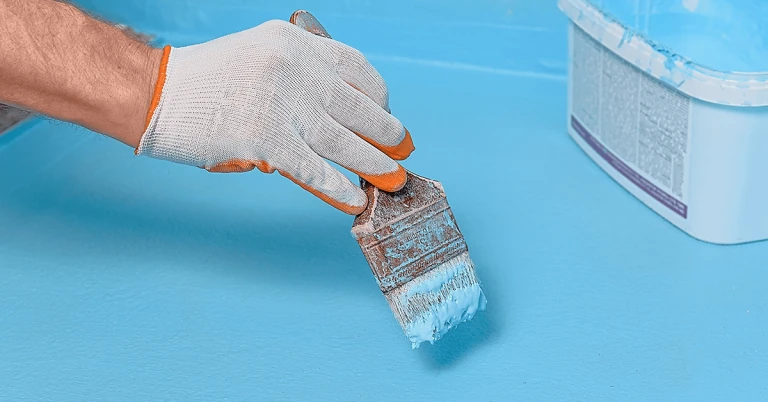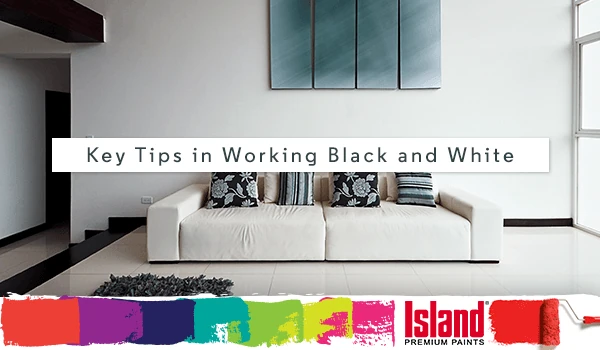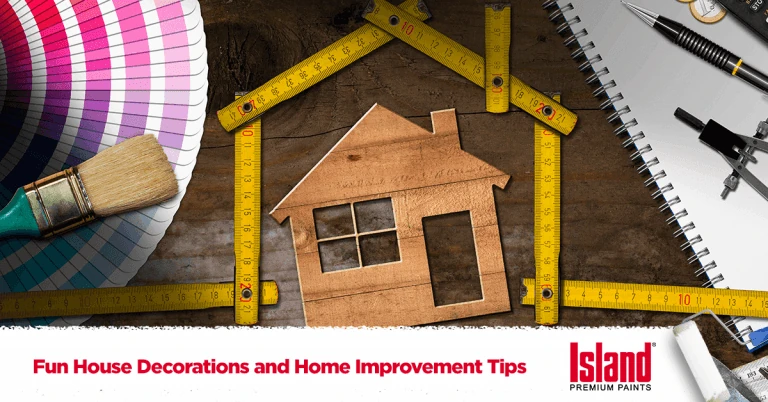Home Decorating Tips


Home Decorating Tips
Waterproofing 101: Preparing Your Home for the Wet Season
Posted on November 2, 2021
Last updated May 27, 2025
Depending on where you live, your home could be exposed to the elements. However, too much of it can be bad news, especially if water is already involved.
There are many reasons why water can make its way into your home and damage the integrity of your house. The way to prevent this is waterproofing.
Before disaster strikes, make sure you protect your homes with waterproofing. Read on to learn how waterproofing works, and why it’ll benefit your home.
Understanding The Basics of Waterproofing
Waterproofing is the act of ensuring that an object or a structure is waterproof or water-resistant and that it remains so when it’s exposed to water or moisture. If your home isn’t properly waterproofed, signs are most likely to appear on your roofs, in basements and outer walls, or in other areas that are almost always exposed to water. What are these signs?
Failure to properly waterproof a home won’t just increase the amount of water in your structure but trigger the appearance of damp or unwanted moisture. Too much dampness in your home can cause mold to grow, and this can lead to health problems like a stuffy nose, wheezing, and itchy eyes or skin.
There is also a potential issue of fungi build-up, which is caused by increased amounts of moisture or water being present inside a building. Items affected can rot and deteriorate.
Even worse, if water makes its way into the walls of a wooden or concrete building, on cold days, it can freeze inside the structure, and cause cracks on the surface.
Waterproofing Guide for Homeowners: How It’s Done
Professionals usually waterproof a house in layers, by applying membranes or coatings to some surfaces. These layers aim to protect surfaces underneath them and prevent water from seeping in. Waterproofing is usually done in five ways, namely:
- Cementitious waterproofing: Considered the “easiest” method, cementitious waterproofing is a semi-flexible process. It is usually done in indoor structures that aren’t exposed to sunlight, such as toilets, tunnels, bridges, dams, water treatment, sewage treatment plants, and railway and subway systems.
Materials for this method can easily be purchased from product suppliers, and they’re easy to mix and apply.
- Liquid waterproofing membrane method: This waterproofing procedure involves applying a thin coating (or liquid membrane), composed of a primer coat and two layers of topcoats with a spray, roller, or trowel onto a surface.
This mixture is left to cure or dry. After it dries, you’ll end up with a rubbery coating that aims to make the surface more durable and water-repellent.
However, be reminded that the coating’s durability really depends on the type of polymer that’s mixed into the liquid membrane. A higher-quality polymer can make the coating stronger and more water-repellent.
- Bituminous coating waterproofing method: Also known as an asphalt coating. A bituminous coating is best for concrete foundations or structures. This substance can be very flexible, depending on the amount of water-resistant polymer added to the asphalt.
However, asphalt coating isn’t suitable for increased sunlight exposure since it can become fragile and brittle over time. On the bright side, the coating’s strength can be modified if you add durable and water-repellent materials like acrylic or polyurethane-based polymers.
- Bituminous membrane waterproofing method: Typically done on low-sloped roofs, the bituminous membrane waterproofing method can be further divided into the torch-on method and the self-adhesive method. As its name implies, the torch-on method involves blowing a torch over a waterproof coating so it melts and sticks onto the desired surface.
Meanwhile, the self-adhesive method uses compounds designed to improve the product’s ability to stick. However, this method may not last long since as time passes, the bonding properties of the compound may reduce and weaken the coating.
- Polyurethane liquid membrane waterproofing method: This is often used for a flat roof area that’s exposed to weathering, and is praised for its highly flexible properties. A drawback about this particular type of waterproofing though is that it can be more expensive.
Moreover, you’ll need to carefully evaluate the surface you’ll be applying this membrane on for its moisture content. Polyurethane tends to be moisture-sensitive, and this can cause the coating to peel or even separate from the surface after exposure to moisture.
Hopefully, these tips have given you insights on how to waterproof your home to prevent it from being affected. Before you jump right in with the whole waterproofing process, consult a professional who can help you inspect the current situation at your home and formulate the type of work that needs to be done.
Finished waterproofing and now want to give your surfaces a much-needed update? With Island Premium Paints, you can! Thanks to its vast selection of paints with a Product Satisfaction Guarantee, you will never run out of options for your home. Visit the Island Premium Paints website today for more home decoration and inspiration tips you’ll love.
Sources:
https://preservationtreatments.co.uk/what-is-waterproofing/
https://www.constrofacilitator.com/waterproofing-in-building-construction/
<a href="https://www.sinomaco.com/news/methods-and-types-of-waterproofinghttps://www.sinomaco.com/news/methods-and-types-of-waterproofing
https://www.wicrwaterproofing.com/different-types-waterproofing/
https://theconstructor.org/practical-guide/bituminous-waterproofing-membrane-roof/13285/
https://www.emmacooper.org/5-different-construction-waterproofing-methods/
https://www.asphaltroofing.org/self-adhesive-modified-bituminous-roofing-membranes/
https://www.timberwise.co.uk/damp-proofing/what-is-damp-and-problems-it-causes/
https://mar-flex.com/what-is-a-polymer-and-why-is-it-important/
<a href="https://www.cdc.gov/mold/faqs.htmhttps://www.cdc.gov/mold/faqs.htm
Our Products
Our line of high quality paints and products will give your home or project the vibrancy it needs.
Explore Colors
Ready to explore colorful possibiliies today? View our popular paint colo combination palettes for great color schemes and room design ideas for interior and exteriors.



